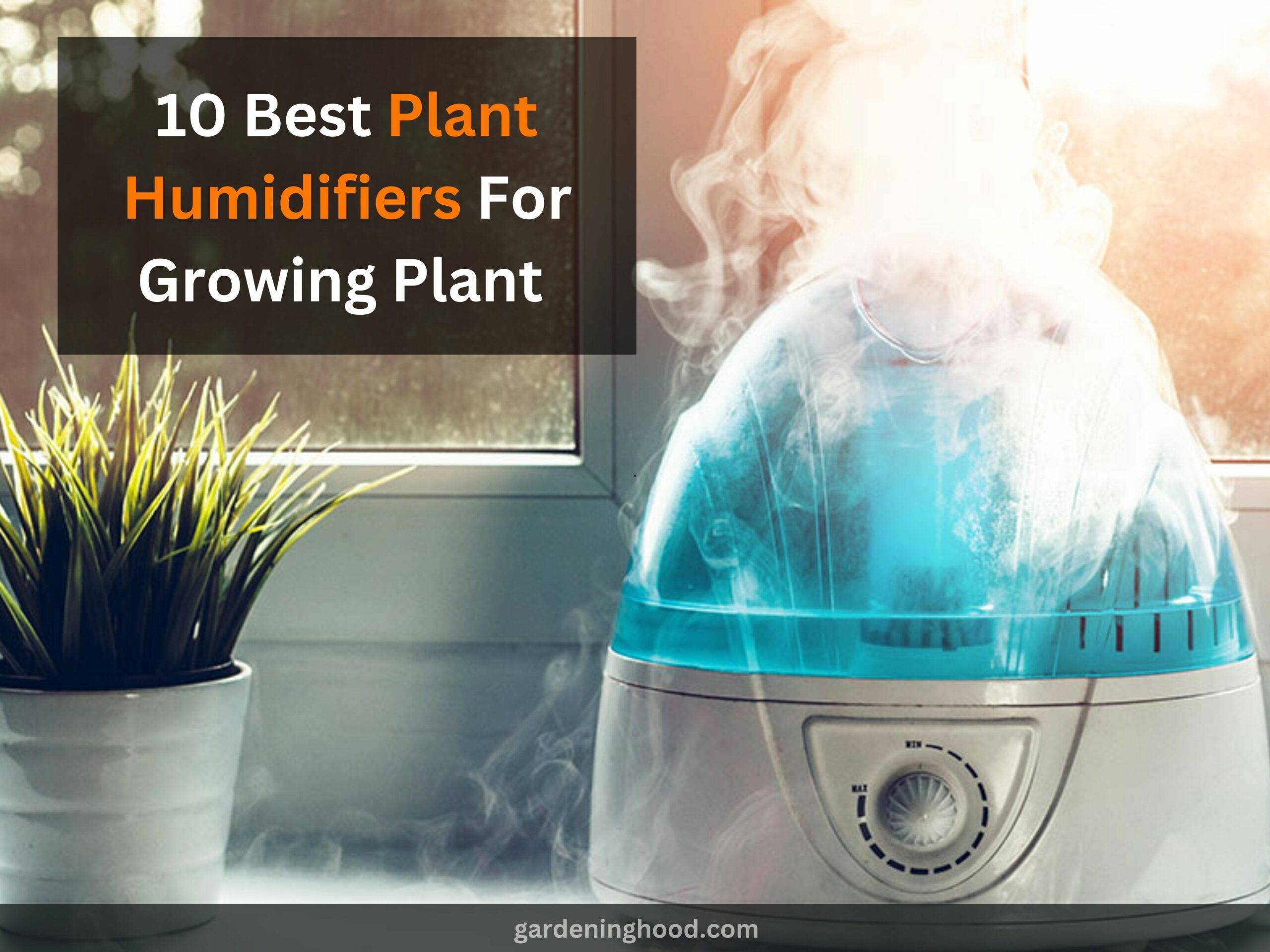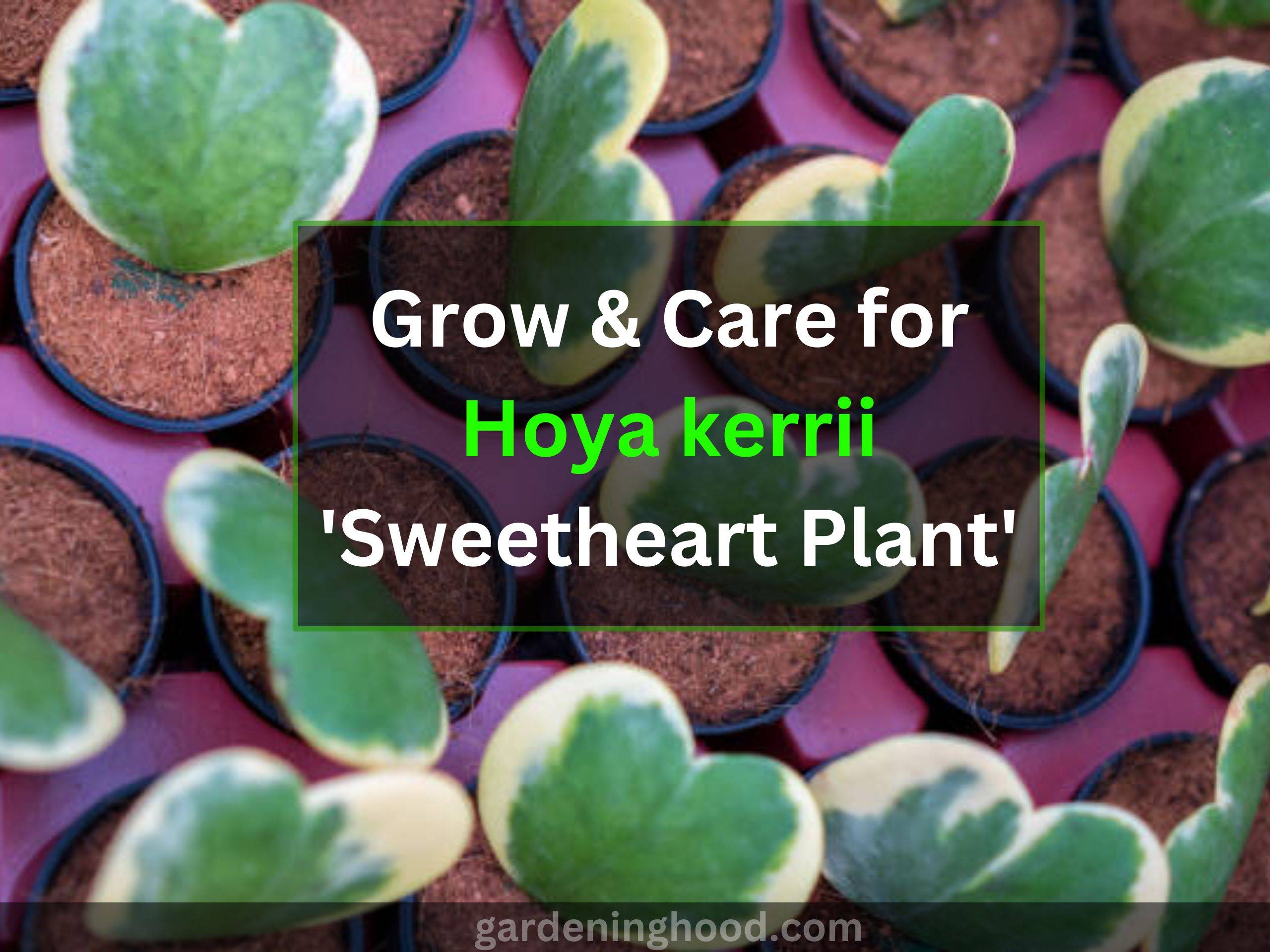What is Graptoveria Succulent? – How to Grow, Care Graptoveria Succulents?
While researching for a new succulent to add to my houseplant collection, I came across the Graptoveria Succulent. At first sight, I knew I wanted to grow them. However, I doubted whether the plant would thrive, as I hadn’t grown them before.
You know what I did? Before simply bringing them home and planting them, I thoroughly researched all the basic requirements the Graptoveria Succulent needs to grow and bloom in the best way possible. The results were, of course, positive.
I couldn’t believe that just doing a little research could make me so happy and proud. So, the question is, would you prefer to risk your hard work, or would you rather gain some theoretical knowledge and then put it into practice for positive results? Of course, the latter is the best option. So let’s not waste time and bring positivity to our lives and gardens
Quick takeaways:
- Graptoveria belongs to the succulent family and is a hybrid of the succulent Echeveria and Graptopetalum plants.
- These showy Echeveria-type plants with bright, broad, staggered flowers are a favorite among plant collectors and home gardeners.
- Known for its vibrant colors and compact, perfect rosettes, this succulent hybrid is a great talking point in any houseplant or terrarium display.
- The leaf coloration of Graptoveria succulents is achieved by providing a “stressed” environment in which watering is limited, the temperature is regulated, and light is increased.
- Graptoveria is a beautiful succulent, compact, plump, and colorful.
- The most popular types of Graptoveria include “Fred Ives”, “Debbi” and “Fanfare”.Some other examples of succulent plants are Tiger Jaws Succulent, Dolphin Succulent Plant, Manfreda Succulents, Blue Succulent Plants, Manfreda Succulents, etc.
- Their striking shapes attract collectors, houseplant gardeners, and even new buyers.
Read more descriptions and tips on plant care for Graptoveria. See later in this article for more details on these other strains.
| Plant Type: | Succulent/Cactus |
| Family: | Crassulaceae |
| Sun Exposure: | Full Sun to Partial Shade |
| Watering: | Light |
| Colors: | peach-pink, oranges, yellows, blue-green |
| Size: | 6-12 inches |
| Hardiness Zones: | 10A, 10B, 11 |
| Soil Type: | Well-draining, porous soil |
| Soil pH: | Acid, Alkaline, Neutral |
| Propagation: | Leaves, cuttings, and offsets. |
| Toxicity: | Non-Toxic |
What is Graptoveria Succulent?
You might be wondering what Graptoveria is? Graptoveria is a hybrid of Echeveria and Graptopetalum succulents. Most have a compact rosette, 15 to 20 cm in diameter. Like “Moonglow” some can be up to 10 inches (25 cm) wide. Graptoveria maintains vibrant color when somewhat stressed, usually from limited watering or cool temperatures. The frosty pink variety ‘Debbi’ will turn a darker pink and even cooler when grown in full sun while retaining moisture.
There are many varieties of Graptoveria or Graptos that experts often refer to. The most common of these are Graptoveria Debbie, Graptoveria Moonglow, Graptoveria Fred Ives, Graptoveria Opalina, Graptoveria Blue Pearl, and Graptoveria Bashful.
How to grow Graptoveria Succulents?
Do you know how to propagate Graptoveria Succulents? If not, then read the below explanation for a better understanding:
Cuttings-
Remove a cutting from the main plant with a sharp, sterilized knife or pair of scissors. Make sure the cut is as clean as possible and as close as feasible to the main plant. Set the cutting on top of some kitchen paper in a container or tray. You do not need to bury the cutting in the dirt at this time. Put some paper towels in a container or tray and place the cut on top.
There is no need to plant cuttings in the soil at this time. Keep the cut dry for the next few days or so it can form a protective barrier or become “calloused.” Once the callus develops, you can place the cutting on a thin layer of succulent or cactus soil and wait for the roots to start growing. This will take a few weeks.
Water only when the soil is completely dry. When the roots emerge, plant them in pots or containers in succulent or cactus soil. It is best to mound the soil around the cuttings with new roots so that they are slightly higher than the pot.
Press to secure and cover with a layer of sand. Water only the next day. After watering, press down the soil around the cut again. Keep in a bright place, but hide in the shade and avoid full sun.
Seeds-
Sow the seeds in well-drained soil and water only when the soil is dry. Make sure the soil and air are both consistently warm to keep them warm. A seed tray warmer or grow lamp can help with this. If the weather is chilly, seeds are uncertain to sprout or will take several weeks to grow.
Leaves-
You should choose a healthy leaf from your Graptoveria succulent and carefully remove it from the stem. To get the greatest results, grasp the leaf between your thumb and fingers as close to the stem as possible, then gently but confidently twist it to keep it intact. Damaged or bruised leaves are less likely to propagate successfully. Let the leaf be callous for a few days by placing it on kitchen paper.
Place the leaf on well-draining succulent or cactus soil once it has dried. Rooting will likely take several weeks.
Offsets-
Intervals are propagated in almost the same method, by eliminating the offsets with a sharp, sterile knife or scissors and allowing the cut to be callous for a day or so. Plant the offset in well-draining soil and water only when the earth is absolutely dry before watering.
How to take care of Graptoveria Succulents?
The following points will let you understand how you can take care of your Graptoveria succulents:
Fertilizing needs
- You have to fertilize the plant with the cactus fertilizer that needs to be diluted.
- You have to fertilize the plant at the time of summer.
- It does not require much fertilizer.
- So you have to fertilize the plant, once time in a year or annually.
Pruning needs
- Pruning is required by every plant to maintain a healthy size and shape.
- To remove the messiness in the plant you have to trim the plant seasonally.
- It is suggested to remove all the damaged leaves from the plant as they ruin the growth of the plant.
- Also, keep in mind to use sharp and sterilized scissors or knives for pruning your plant.
- It will help in improving the shape of the plant and will regain the health of the plant.
Watering needs
- Water required by the cryptomeria plant is about 1-3 days a week.
- You have to water the plant when the soil of the plant becomes fully dry.
- Keep in mind not to overwater a plant as it will cause root rot in the plant and will kill your succulent with time.
- So you have to follow the soak and dry method which tells you that you have to water when the soil is fully dry.
- Last, but not least, it is suggested neither underwater nor overwater the plant.
Soil needs
- This plant requires a good amount of well, drained soil, and moist soil.
- When you grow them in the containers, you can make use of peat moss or sand that contains a good mixture of minerals.
- It will help the plant to grow at its best.
Sunlight needs
- Being a versatile plant, it requires a good amount of full sunlight or partial sunlight for its growth.
- Everyone wants to receive great colors from the plant so you have to fulfill the requirement of the plant by providing it with a good amount of sunlight.
- You can provide them with the morning sunlight from the east-facing window indoors.
Temperature needs
- When the temperature of your area is too hot, you have to provide your plan with some shade so that it does not get destroyed.
- Also, leaving your plant in the frost is welcoming death for the plant, so avoid doing so.
Scale and Development
- Graptoveria develops in the form of rosettes, similar to its Graptopetalum parent, and can reach a width of 6′′ to 8′′ inches.
- When fully bloomed, some varieties can reach a width of 10 inches.
Conditioning and regular maintenance
- Because this succulent is a low-maintenance plant, there isn’t much to do in terms of grooming.
- However, as quickly as the houseplant begins to show signs of growing leggy, you may need to prune it to maintain the ideal appearance.
- Next, remove any completely wilted leaves or show signs of fungal infestation.
For more such plant related-articles, you may also read, What is Topsy Turvy Plant? – How to Grow, Care for Topsy Turvy Echeveria?
Feeding
- Have a ready-mixed succulent or cactus fertilizer that has been adjusted to 25% to stimulate a good, strong root system and healthy growth.
- During the summertime growing season, fertilize only once.
Trimming
- Cutting is only required for cosmetic reasons to tidy up your Graptoveria plant when necessary.
- To improve the appearance of your plants and keep them healthy and disease-free, cut back those that are diseased, yellow, or dying.
- Whenever trying any pruning, always use a sharp pair of scissors or a knife that has been sanitized before being used.
Potting medium
- Any of the Graptoveria succulent plants should only need to be re-potted every 2-3 years. All Graptoveria types thrive in a pot-bound climate.
- This is due to their firmly packed roots, which aid in encouraging growth.
- Keeping them in a pot for longer than intended should not be an issue until there is little or no area for off-sets.
Where to plant the Graptoveria Opalina?
Do you know where to plant your Graptoveria opalina plant? If yes, then it’s great, but if not then you should know that Being a hot hardy plant it will not grow outdoors, especially in the winter season.
So you have to avoid growing them outdoors. They do not like to grow in the temperature range that is below 30°F or -1.1°C. This is because the succulent will die in the freezing temperatures outside.
So you have to move your plant indoors at the time of cold winters and then you can keep them outdoors after the environment gets warm. You have to grow the succulents in the container so that they can be easily moved from inside to outside.
Plant your variety in a location that receives about six hours of sunlight in a day it will help the plant to grow at a faster pace and help you receive a good amount of results. By providing sufficient sunlight to the plant, you are helping your plant to grow as a healthy plant.
Wrapping up the context
In this article, you come to know about Graptoveria Succulents. Graptoveria belongs to the succulent family and is a hybrid of the succulent Echeveria and Graptopetalum plants. These showy Echeveria-type plants with bright, broad, staggered flowers are a favorite among plant collectors and home gardeners.
Known for its vibrant colors and compact, perfect rosettes, this succulent hybrid is a great talking point in any houseplant or terrarium display. Now, you will be able to understand how to grow them and even how to take care of them. Let’s hope the article will be useful for you all.
Thanks for reading! Happy Gardening!


